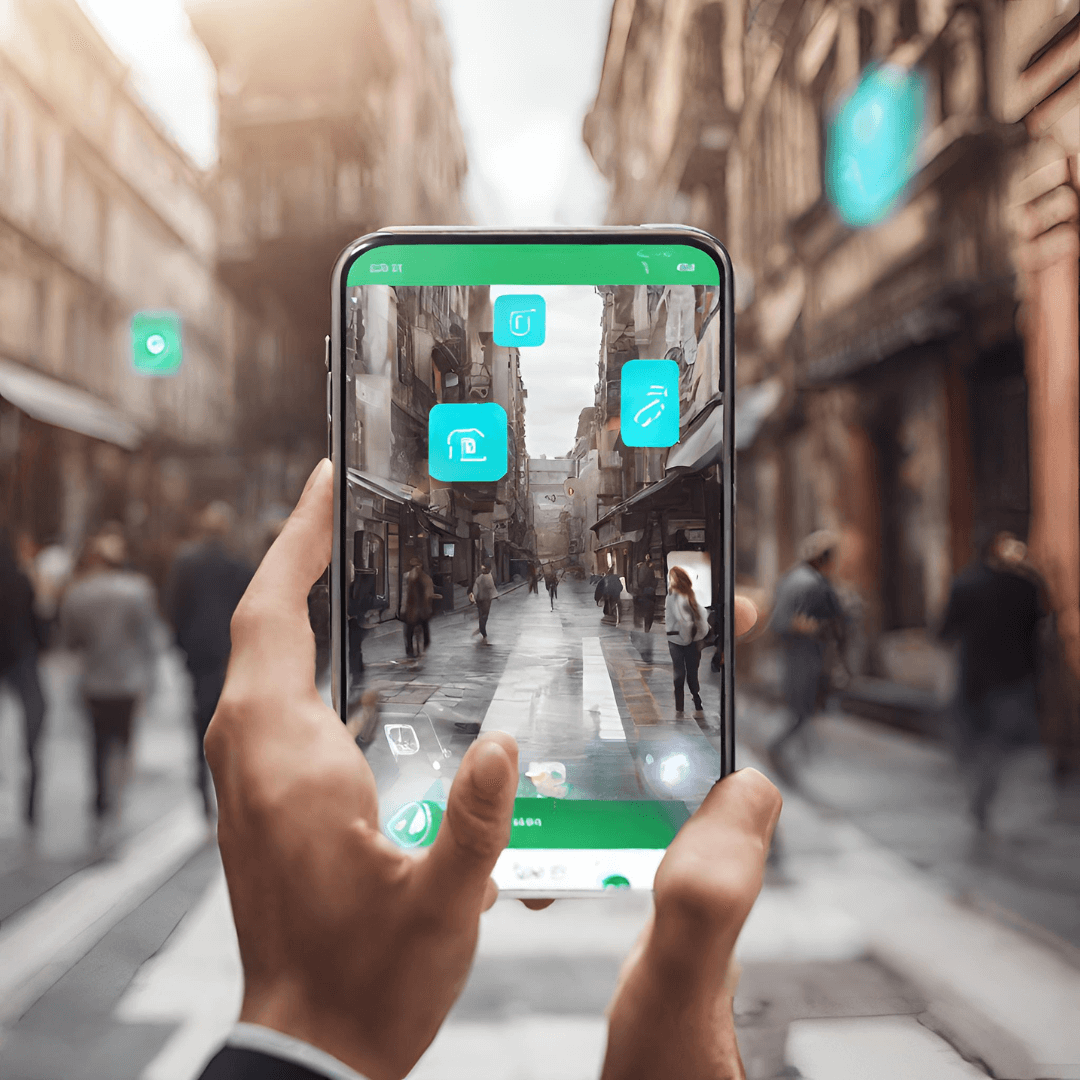Augmented Reality (AR) is reshaping our interaction with mobile technology. By merging digital features with the real world, it offers users captivating experiences. This method has gone well beyond mere concept, it has become an integral component in an array of applications ranging from gaming to educational programs. Examining AR’s application in various fields reveals its significant impact on our digital engagements.
The Rise of AR in Mobile Apps: From Gaming to Education
Augmented Reality (AR) in mobile apps has grown from a futuristic concept to a daily reality. In gaming, AR has brought a revolutionary change. Take Pokémon GO, for instance, a game that merges virtual creatures with our real world surroundings, engaging millions globally. This game exemplifies AR’s power to create immersive, interactive experiences that extend beyond the screen.
Moving from entertainment to education, AR’s impact is equally profound. Apps like Anatomy 4D demonstrate AR’s educational capacity, transforming how students learn complex subjects. By overlaying digital information onto physical objects, these apps make learning interactive and engaging. Students can explore human anatomy, offering a hands-on experience that traditional textbooks can’t match.
Enhancing User Experience: The Power of AR in Everyday Apps
Augmented Reality (AR) is revolutionizing user experiences in everyday mobile apps. In navigation, apps like Google Maps are integrating AR to overlay directions onto the real world, making it easier for users to follow routes in unfamiliar environments. In the realm of retail, AR enables apps like IKEA Place to let users virtually place furniture in their homes, simplifying decision making and enhancing shopping experiences.
Social media has also embraced AR, with platforms like Snapchat and Instagram offering AR filters that transform selfies with fun, interactive elements. These features not only add entertainment value, but have also opened new avenues of creative expression.
Additionally, AR holds immense potential for industries that thrive on visual engagement. For instance, in online casinos, AR could revolutionize the way users interact with live roulette games. Thus, offering a more immersive and engaging experience that closely mirrors the thrill of a physical casino.
Challenges and Future Potential of AR in Mobile Applications
Augmented Reality (AR) is revolutionizing mobile applications but poses significant challenges. Hardware limitations, such as the need for more advanced sensors and cameras in smartphones can restrict AR’s functionality and accessibility. Privacy concerns also arise as AR apps often require access to real time location and camera data, raising questions about user data security.
Despite these obstacles, the future of AR in mobile apps is bright. Advancements in AR technology are steadily overcoming current limitations. For instance, the development of more powerful, yet affordable AR enabled smartphones is making this technology more accessible to a broader audience.
The potential applications of AR are vast, extending into sectors like healthcare, where AR could assist in complex medical procedures, or in education, transforming traditional learning methods. As AR continues to integrate with various industries, its role in enriching user experiences and enhancing daily tasks will only grow.
